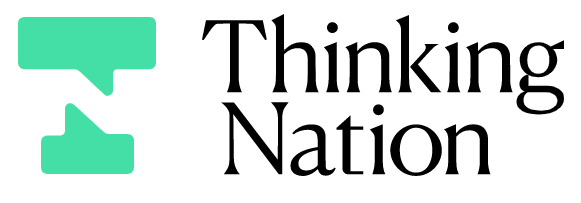Collaborative goal setting in social studies empowers students to become active participants in their learning journey. It begins with clearly defined learning objectives, translated into student-friendly language. Teachers facilitate discussions, allowing students to identify their individual and collective interests within the curriculum. Students then work together to establish specific, measurable, achievable, relevant, and time-bound (SMART) goals. These goals can encompass research projects, presentations, debates, or community engagement activities. Regular check-ins and peer feedback ensure progress and accountability.
Collaborative goal setting fosters a sense of ownership, promotes critical thinking, and strengthens communication skills. It encourages students to connect historical concepts to their own lives and communities, leading to deeper understanding and lasting engagement.


